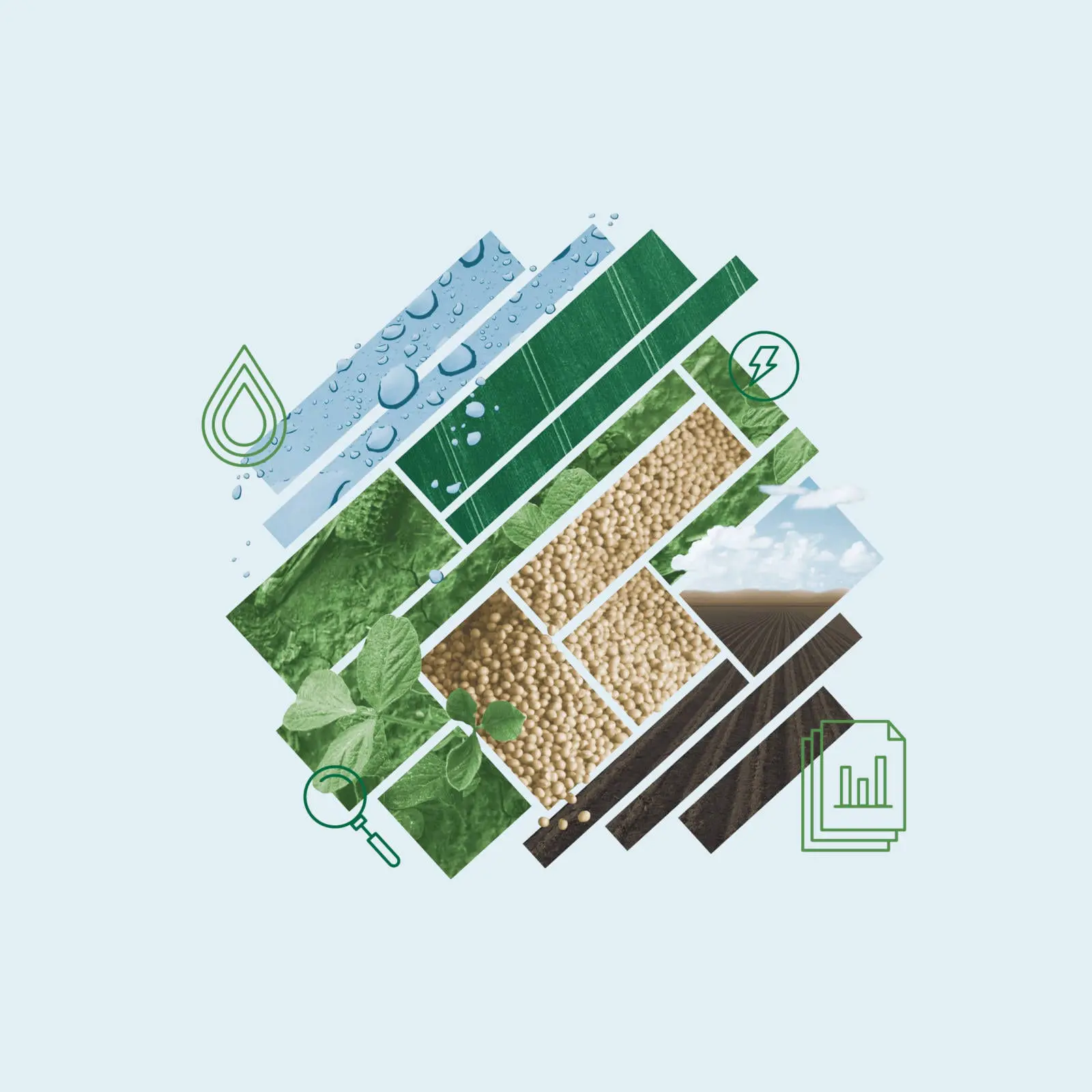How research and data can help meet end-user demand and provide a marketing edge
Producing sustainable soybeans is up to more than just farmers. As more customers demand responsibly sourced ingredients, the entire soy value chain must work to promote, measure and demonstrate soy’s sustainable production standards.
The United Soybean Board (USB), through the soybean checkoff, builds partnerships to help initiate and promote tools that capture soybean sustainability, establishing a common language and specifications that further differentiate U.S. soy.
For first purchasers, demonstrating soy sustainability involves monitoring and measuring the soybeans they receive. This could include anything from
measuring soybean protein, oil and foreign matter levels, to training employees on sustainability best practices or watching for and tracking new policies, and ultimately, sharing any of this data with their customers.
Here are a few tools the checkoff suggests:
SOYBEAN LIFE CYCLE ANALYSIS
The Soybean Life Cycle Analysis measures the sustainability of five soy-derived feedstocks and the impact of each on greenhouse gas emissions and other environmental indicators. The study also gives suggestions on how to reduce the environmental footprint of soybeans through simple applications.
FIELD TO MARKET NATIONAL INDICATORS REPORT
Stakeholders from across the industry work to drive continuous improvement in crop production. Leading programs verify those improvements in water, energy, land use and more. One example of these programs is the National Indicators Report, which analyzes the environmental impacts of U.S. soybeans and other commodity crops.
THE U.S. SOY SUSTAINABILITY ASSURANCE PROTOCOL (SSAP)
Several soybean groups collaborated to develop the SSAP as a protocol to promote U.S. soy sustainability to international customers. SSAP, a third- party verification program, covers four key components: sound environmental objectives, social responsibility, promoting economic growth and continuous
improvement in technology and cultural practices. Since the introduction of the program, the demand for certified-sustainable soy continues to increase from countries like China, Morocco and Malaysia.
Participation in any of these checkoff partnership programs gives customers actionable, reliable and consistent information they can use when choosing U.S. soybeans.
Through farmer investments, the soy checkoff partners with several groups to measure and improve U.S. soybean farmers’ sustainability. Our sustainability advantage helps develop new market segments for soy and build international markets, benefiting the entire soy value chain.
